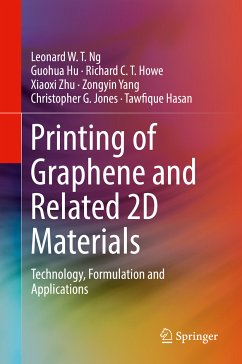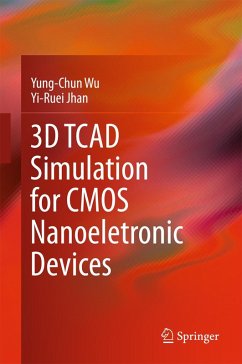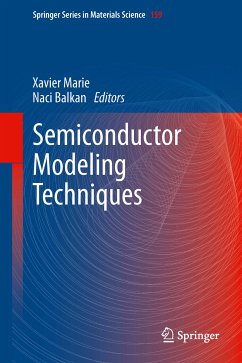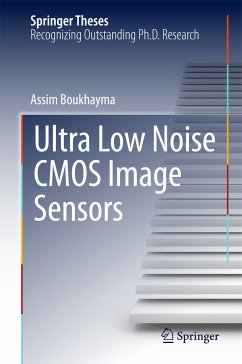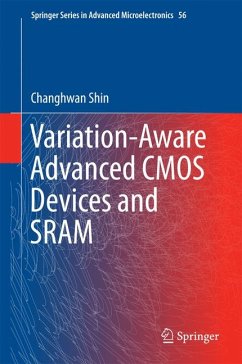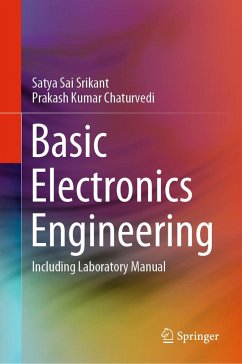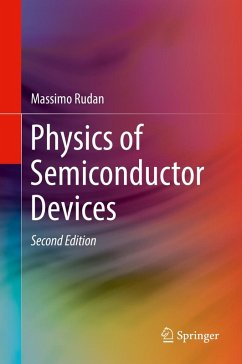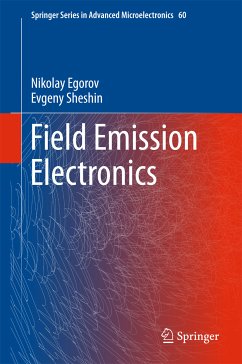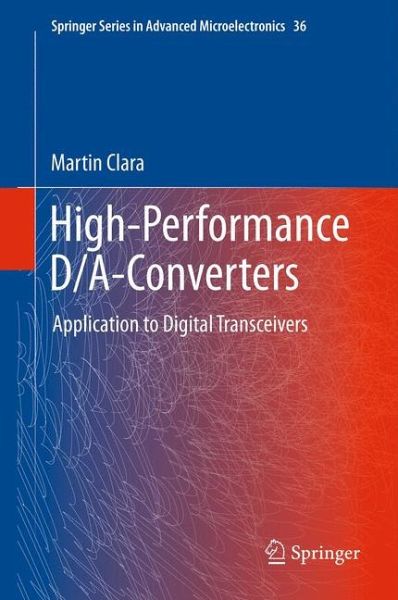
High-Performance D/A-Converters (eBook, PDF)
Application to Digital Transceivers
Versandkostenfrei!
Sofort per Download lieferbar
72,95 €
inkl. MwSt.
Weitere Ausgaben:

PAYBACK Punkte
36 °P sammeln!
This book deals with modeling and implementation of high performance, current-steering D/A-converters for digital transceivers in nanometer CMOS technology. In the first part, the fundamental performance limitations of current-steering DACs are discussed. Based on simplified models, closed-form expressions for a number of basic non-ideal effects are derived and tested. With the knowledge of basic performance limits, the converter and system architecture can be optimized in an early design phase, trading off circuit complexity, silicon area and power dissipation for static and dynamic performan...
This book deals with modeling and implementation of high performance, current-steering D/A-converters for digital transceivers in nanometer CMOS technology. In the first part, the fundamental performance limitations of current-steering DACs are discussed. Based on simplified models, closed-form expressions for a number of basic non-ideal effects are derived and tested. With the knowledge of basic performance limits, the converter and system architecture can be optimized in an early design phase, trading off circuit complexity, silicon area and power dissipation for static and dynamic performance. The second part describes four different current-steering DAC designs in standard 130 nm CMOS. The converters have a resolution in the range of 12-14 bits for an analog bandwidth between 2.2 MHz and 50 MHz and sampling rates from 100 MHz to 350 MHz. Dynamic-Element-Matching (DEM) and advanced dynamic current calibration techniques are employed to minimize the required silicon area.
Dieser Download kann aus rechtlichen Gründen nur mit Rechnungsadresse in A, B, BG, CY, CZ, D, DK, EW, E, FIN, F, GR, HR, H, IRL, I, LT, L, LR, M, NL, PL, P, R, S, SLO, SK ausgeliefert werden.




